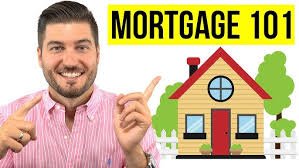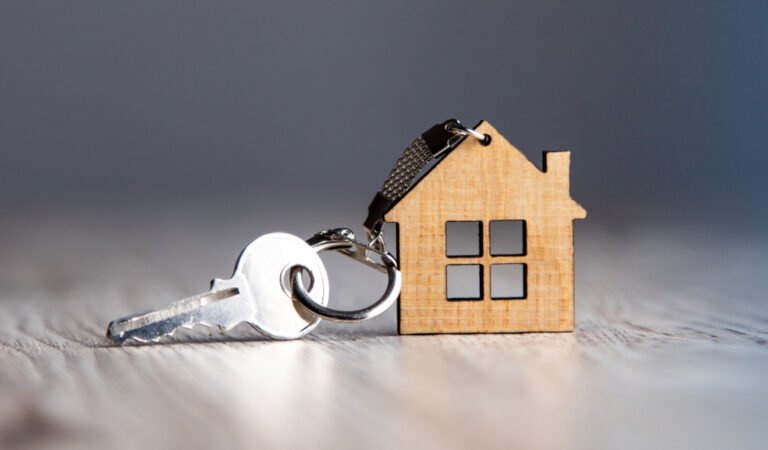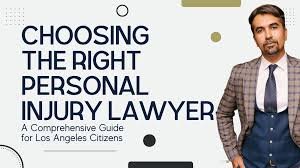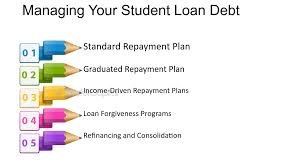
Buying your first home is exciting—but navigating the world of mortgages can feel like learning a whole new language. APRs, points, pre-approvals… it’s easy to feel overwhelmed. When I bought my first home, I had no clue what half of the mortgage terms meant. I made some rookie mistakes, but I also learned a ton along the way.
This guide will break down everything you need to know as a first-time homebuyer, in plain English—so you can feel confident and informed as you step into homeownership.
What Is a Mortgage?
At its simplest, a mortgage is a loan from a lender that helps you buy a home. You borrow money to pay for the house, and in return, you agree to repay that loan—with interest—over time (typically 15 or 30 years).
Key Terms:
- Principal – The amount you borrow
- Interest – What the lender charges to loan you the money
- Loan term – How long you have to repay (e.g., 30 years)
- Monthly payment – The amount you pay each month, which includes principal, interest, taxes, and insurance (often called PITI)
Step 1: Get Pre-Approved
Before you even start house hunting, getting pre-approved for a mortgage is crucial. This shows sellers you’re a serious buyer and gives you a clear idea of what you can afford.
What You’ll Need:
- Recent pay stubs and tax returns
- Bank statements
- Employment verification
- A decent credit score (ideally 620 or higher)
My Experience Tip: I didn’t get pre-approved before my first few showings—and missed out on a great house because someone else was ready to go. Don’t wait.
Step 2: Understand Your Mortgage Options
There’s no one-size-fits-all mortgage. The right loan for you depends on your income, down payment, credit score, and how long you plan to stay in the home.
Common Loan Types:
- Conventional Loan – Great for buyers with good credit (usually 5–20% down)
- FHA Loan – Low down payment option (3.5%) for buyers with lower credit scores
- VA Loan – Available to eligible veterans and military families with no down payment
- USDA Loan – For rural areas, with 0% down and lower income requirements
Loan Terms:
- 30-year fixed-rate – Steady payments over time; most common
- 15-year fixed-rate – Higher monthly payment, but less interest
- Adjustable-rate (ARM) – Lower rate to start, but it can increase over time
My Experience Tip: I chose a 30-year fixed-rate loan for predictability, but looking back, I could’ve saved on interest with a 15-year if I budgeted tighter.
Step 3: Know the True Cost of Homeownership
Your monthly mortgage payment includes more than just the loan. Be sure to budget for:
- Property taxes
- Homeowners insurance
- Private Mortgage Insurance (PMI) if your down payment is less than 20%
- HOA fees (if applicable)
- Utilities and maintenance
Pro Tip: Use an online mortgage calculator to get a realistic idea of your monthly costs.
My Experience Tip: I was surprised by how much my escrow payment added to my monthly cost. Don’t just look at the mortgage alone.

Step 4: Lock In Your Interest Rate
Interest rates can fluctuate, so once you’re under contract, you’ll have the chance to lock in your rate.
When to Lock:
- After you’ve found a home and your offer is accepted
- When rates are low and stable
Rate Lock Length: Typically 30–60 days
My Experience Tip: I hesitated to lock my rate, thinking it might drop further—but it went up. That decision cost me thousands over the life of the loan.
Step 5: Navigate Underwriting & Final Approval
Once you’re under contract, your lender will begin the underwriting process, which is a deep dive into your finances to confirm you’re a qualified borrower.
What Happens:
- Your income, debt, assets, and credit are reviewed again
- The lender orders a home appraisal to confirm value
- You may need to provide updated paperwork (yes, again!)
My Experience Tip: Be ready to send extra documents fast—I learned the hard way that any delays in underwriting can push back your closing date.
Step 6: Closing Day!
You made it! On closing day, you’ll sign a mountain of paperwork, pay your closing costs (usually 2–5% of the home’s price), and officially become a homeowner.
Bring With You:
- Two forms of ID
- Cashier’s check or wire transfer for closing costs
- A calm mindset—this is a big day!
My Experience Tip: I triple-checked all the closing disclosures the night before and caught a small fee error. Don’t skip that final review!
FAQs for First-Time Homebuyers
How much should I save for a down payment?
You can buy a home with as little as 3% down, but 10–20% is ideal to avoid PMI and lower your monthly payment.
What credit score do I need?
620 is the general minimum for most loans, but higher scores get better rates.
Can I buy a home with student loans?
Yes, as long as your total debt (including student loans) is within the lender’s debt-to-income limits.
Should I get a fixed or adjustable-rate mortgage?
If you plan to stay long-term, go with a fixed rate. If it’s a short-term stay and rates are low, an ARM might make sense.
Final Thoughts
Understanding how mortgages work is key to becoming a confident, prepared homebuyer. The process can seem complicated, but when broken down step by step, it becomes manageable—and even empowering. Take time to shop around, ask questions, and make sure you fully understand the terms before signing anything.
Buying your first home is a huge milestone. With the right mortgage and a solid plan, it’s also one of the best investments you can make for your future.
You’ve got this. Happy homebuying!




